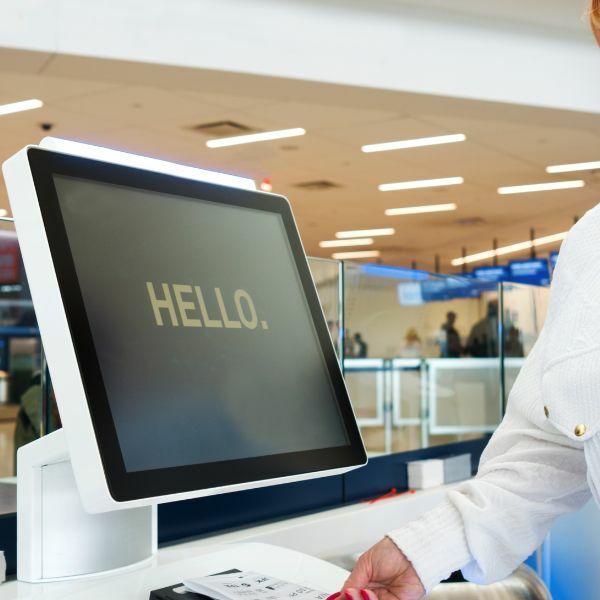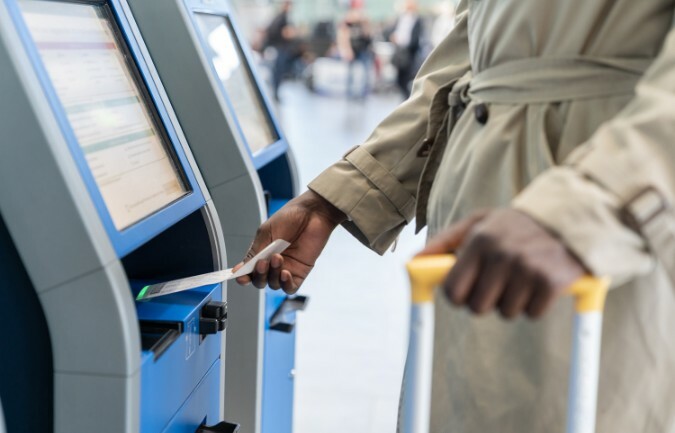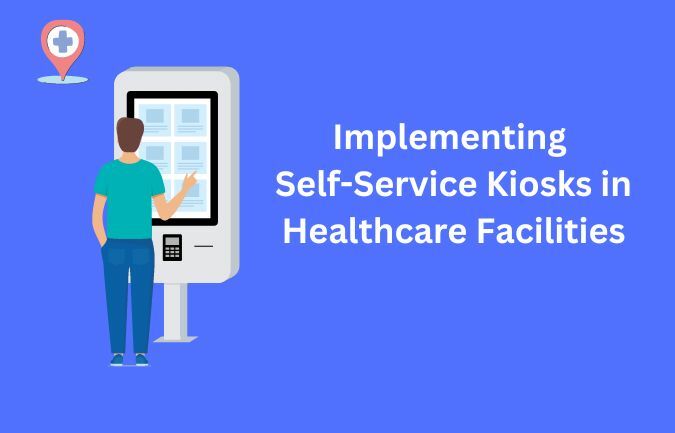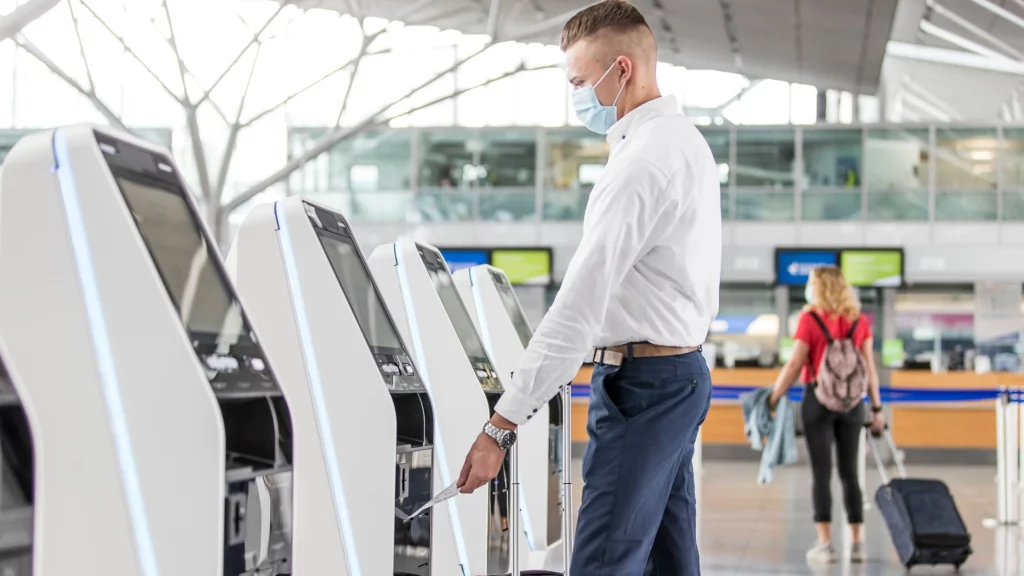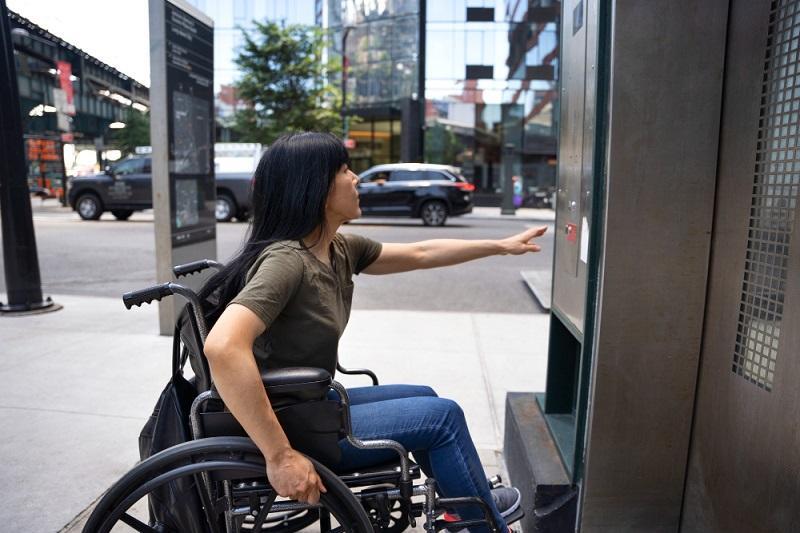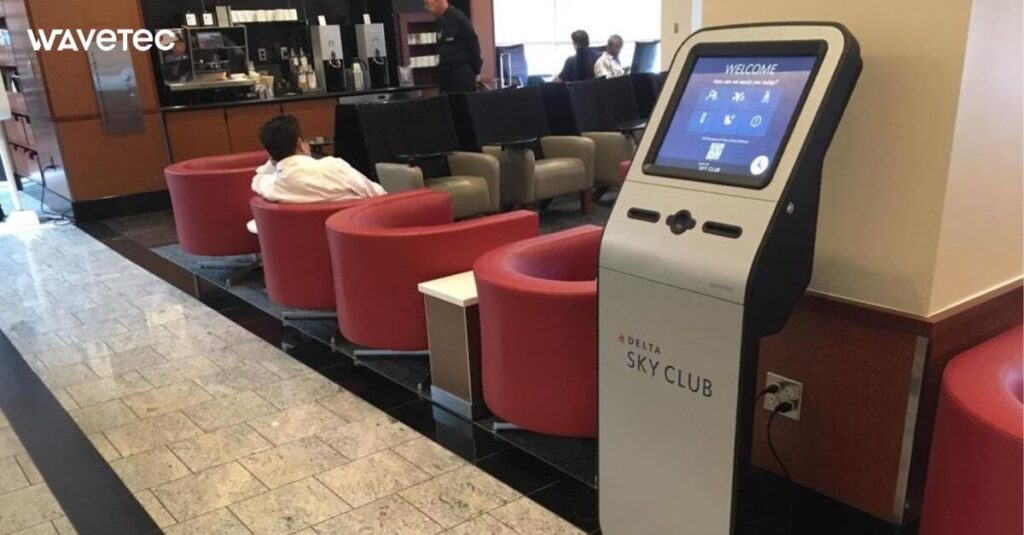
One of the things that comes up early in our engagement with businesses deploying self-service kiosks is the requirement to ensure that their customers can complete transactions quickly. This is natural because often one of the primary rationales for self-service initiatives really is the ambition to provide customers the ability to rapidly carry out transactions, without requiring intervention from customer support representatives.
What is often less intuitive, however, is that there is a deeper aspect to optimising the user journey; interface latency. This can often be a more important determinant to the customer journey funnel when using kiosks.
The world of e-commerce has long understood this principle of optimisation – slower interfaces are dramatically less effective. Early research at Google indicated that just 500 milliseconds (for comparison, it takes around 200 milliseconds to blink) showed a reduction in traffic by 20%.
More recently, Google relied on a novel modelling based method to illustrate just how costly slow interfaces can be.

This is commensurate with evidence we see in the field: slow interfaces are frustrating and have substantial impact on the number of customers that transact. And even when they do, those using high latency interfaces are less satisfied and less likely to be returning, loyal customers.
Reach out to us at sales@test.wavetec.com and one of our Consultants will get back to you to discuss the many ways in which we could help your digital transformation.
{{cta(‘22472609-0d09-4194-b588-978c46a1cf3d’)}}
BOOK A FREE DEMO
